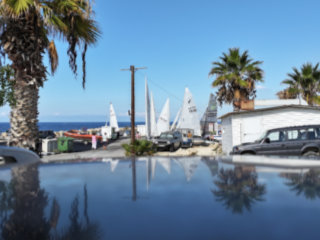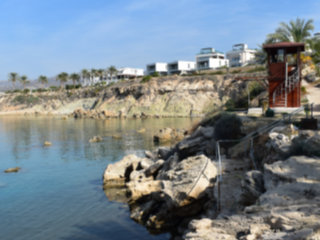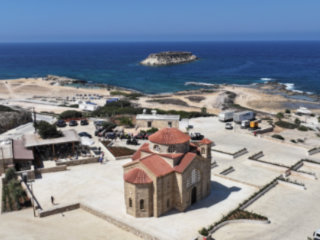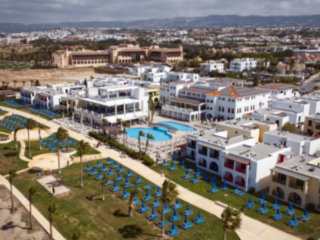Excavations reveal ‘significant cultural treasures’ off Peyia
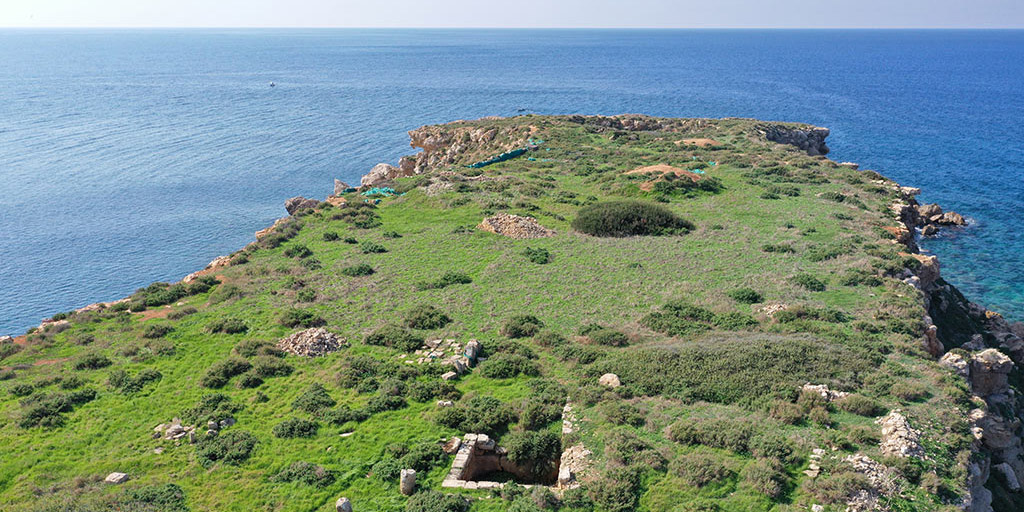

Ancient human remains, stone anchors and Late Roman amphorae are amongst the “significant cultural treasures” atop and near Geronisos island uncovered during a three-month archaeological programme.
The antiquities department announced on Wednesday that a team of local and international experts investigated an ancient necropolis, harbour and other key sites near Peyia, Paphos.
The survey, excavation and study programme of the harbor, island and mainland coast of Cape Drepanum made several key discoveries, including a family tomb which was in continuous use from Late Hellenistic through Roman times, roughly from the 1st century BC to the 3rd, possibly early 4th century AD.
Preliminary results show at least six individuals (including five adults and one adolescent) buried in the tomb chamber as well as four infants (including one fetus) buried in a concavity at the base of the dromos, just outside the chamber.
The New York University team focused on the excavation of the important rock-cut tomb they first discovered in 2018 at the necropolis of Meletis, roughly half a kilometre inland from Ayios Georgios.
Other finds at the tomb include a stepped dromos leading down to a main chamber with two loculi and two tetrasolia. The tomb’s abundant oil jars, jugs, laygnoi, table amphorae, and lamps are also being studied, as are Roman cooking pottery. A vast amount of glass and glass fragments were also recovered.
Other finds include bollards for the mooring of ships, and excavation of a highly significant deposit of Hellenistic rooftiles – which was described as “[being] both the Laconian and Corinthian type and indicate the importance and monumentality of the structures built on Geronisos”.
Another team undertook typological and quantification analysis of the vast deposits of late Roman amphorae, dumped along the shores of Maniki harbour.
The great majority of vessels are of Late Roman 1 type and of local Paphian manufacture. Significant imports include two types of Late Roman amphorae from the Levant, ‘Gaza Jars’ and so called ‘Palestinian bag-shaped amphorae’, pointing to important trade connections with South Palestine during the mid-6th century AD.
Another key part of the programme was the comprehensive coastal and underwater survey of Maniki harbour and the entire Cape Drepanum area. They have executed aerial mapping, 3-D modelling of the coast from the sea caves to the Aspros River, have lifted a series of stone anchors from the sea floor, and identified bollards for the mooring of ships.
The antiquities department described the harbour, island and mainland coast of Cape Drepanum as constituting significant cultural treasures of Cyprus.
For more pictures of Geronissos Island, see here.




